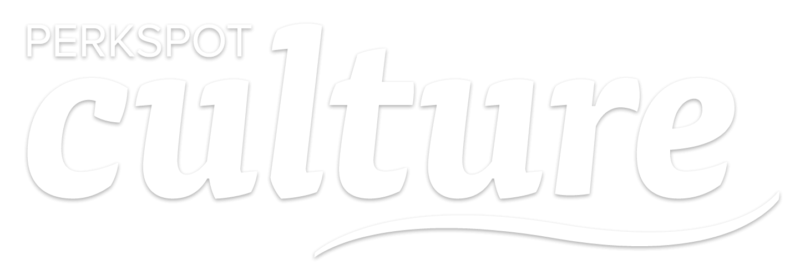How HR Has Adapted Due to the COVID-19 Pandemic
Like nearly everything in 2020, human resources has seen a dramatic transformation in its role and responsibilities since the pandemic began. As companies make necessary and important changes, HR plays an important role. Read on to learn more about how human resources changed for the foreseeable future due to the pandemic.

Adjusted Talent Acquisition
In the past, one of HR’s main responsibilities as an entire department was talent acquisition. Unsurprisingly, this has not changed much throughout the pandemic, though you may have seen an interruption or increase in hiring based on your company’s services. No matter how your company’s hiring process transformed, one thing can be certain: on top of the hard skills sought out for different positions, new soft skills became increasingly essential.
Qualities like adaptability, communication, and independence are more necessary than ever as companies encounter unexpected challenges that require employees to quickly pivot. These qualities are things candidates should have always possessed, but now, they may be considered just as important as possessing the technical skills a job requires—and that won’t end with the pandemic. Going forward, update your job postings to include and emphasize the necessity of these soft skills. This can actually create a broader pool of candidates who strongly demonstrate these qualities and can be trained or developed to acquire more technical skills.
Increased Flexibility
There is no doubt you’ve had firsthand experience in adapting to meet the pandemic’s challenges. Not shockingly, this increased flexibility will carry on long after the pandemic has ended. Furthermore, it should be applied to various aspects of human resources. More flexibility in terms of scheduling should be granted to employees dealing with childcare or other dependents. Those working remotely will need colleagues to understand situations arise that can decrease productivity.
What’s more, as HR professionals, you yourself will have to continue to practice the same kind of flexibility you did throughout the last eight months. As new rules and regulations were put in place by CDC and local governments, your own processes probably changed as well. Expect this to continue as additional or evolved guidelines are introduced and a vaccine is eventually developed, once again changing all of our interactions. As the HR field transforms, one thing that stays the same is how your role’s flexibility can support fellow employees navigate the new challenges they’re facing.
Updated Guidelines
As an HR professional, you’re likely well-versed in legislation that impacts your company. Expect this increase ten-fold and change your company’s own guidelines, therefore requiring significant updates on your end. For example, a partially or completely remote workforce could spell out different legal problems than those for a workforce that is entirely in-person, like overtime regulations, workplace safety guidelines (no matter where the “workplace” is), and more.
Proactively inspect your workplace handbook to uncover areas that should be built out to offer additional regulations for employees. But also remember that during these times, regular updates to your company handbook and guidelines may be necessary to stay on top of changing legislation.
Updated Benefits
As we all know, the COVID-19 pandemic brought unprecedented challenges for employees. Issues like decreased mental health and employee burnout are on the rise. Plus, employees have new challenges like caring for loved ones or a lack of financial security. Employees will look to you to offer some kind of improved benefit that satisfies these needs, while still fitting a smaller-than-normal budget. (Reminder—PerkSpot is a cost-free discount provider!)
At PerkSpot, we believe an employer-sponsored discount program can be the answer to these issues. As an all-in-one employee discount provider, we’ve worked hard to partner with brands that offer products and services like online therapy, financial assistance, childcare, senior care, and more. If you currently offer your employees a perk like this, be sure to communicate it to your employees as often as possible, ensuring they’re aware of and using their benefit, which is especially valuable at a time like this. If you’re hoping to improve your benefits offering like this, look no further. PerkSpot is a solution that satisfies the needs of a diverse workforce and fits into your budget. Interested in partnering with PerkSpot? Click here to request a demo and learn more!













